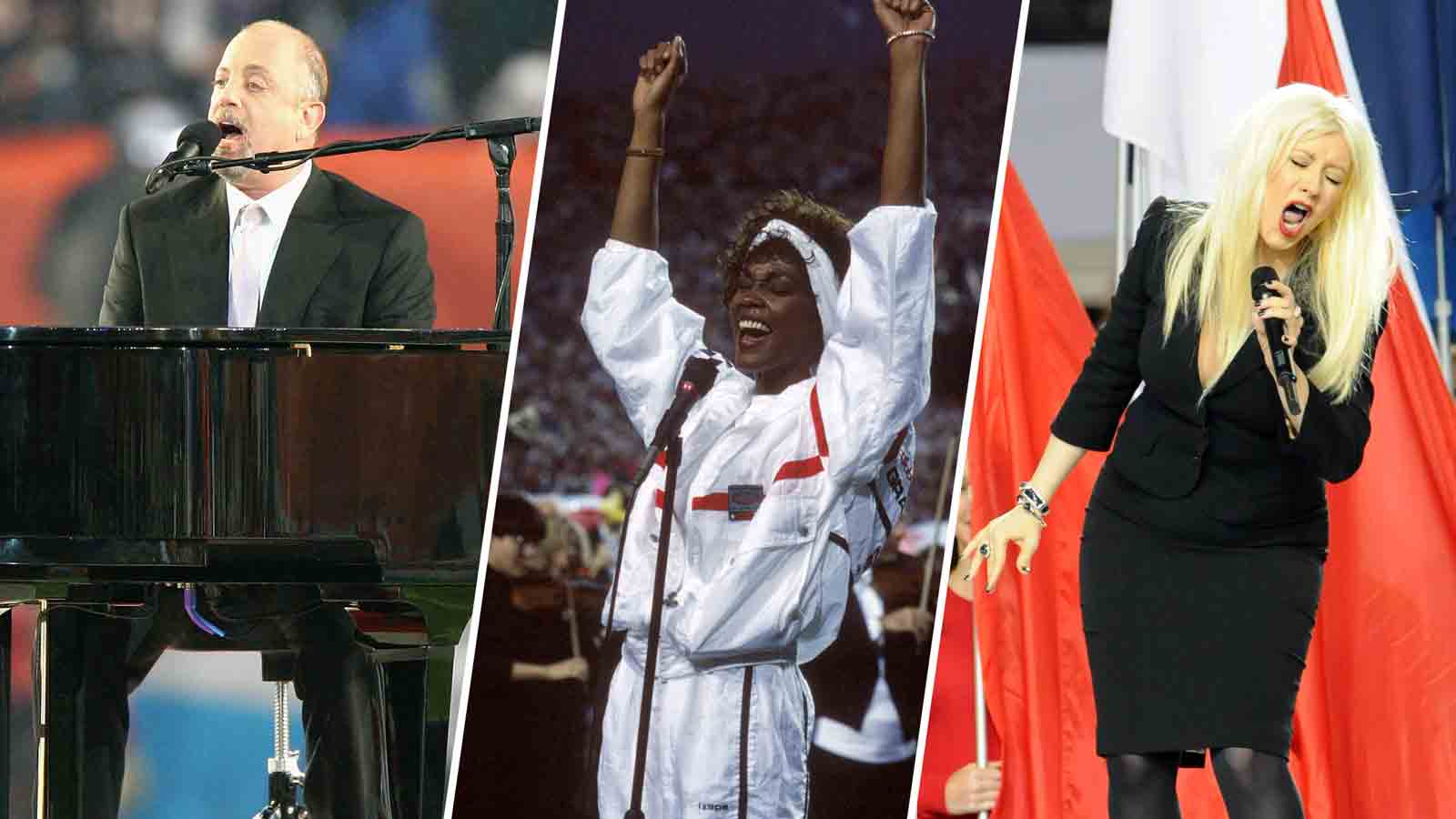The national anthem performed by Nezza on Sunday at Dodger Stadium dates back to the 1940s when the U.S. government was looking for a Spanish-language version that communicated the values and aspirations expressed in "The Star-Spangled Banner."
An official Spanish-language version of Francis Scott Key's song written in 1814 was commissioned by President Franklin D. Roosevelt's administration in 1945. The government soon found a submission from a Peruvian-American composer that hit all the right notes.
Stream Los Angeles News for free, 24/7, wherever you are.
Here's what to know about "El Pendón Estrellado."
Get top local stories in Southern California delivered to you every morning with NBC LA's News Headlines newsletter.
About the Spanish-language version of 'The Star-Spangled Banner'
Key was inspired to write "The Star-Spangled Banner" after witnessing the War of 1812 battle of Fort McHenry in Maryland. The title refers to the American flag waving over the fort at dawn after it was feared the United States had lost the Battle of Baltimore in September 1814 to the British.
The music was borrowed from the official song of the Anacreontic Society, a London gentlemen’s club of amateur musicians.

"The Star-Spangled Banner" became the country's official national anthem in 1931 and had already been translated into many languages, including two Spanish versions. At the close of World War II in 1945, the U.S. Division of Cultural Cooperation of the Department of State worked with the Music Educators National Conference to collect submissions for an official Spanish-language version that could be distributed in Latin America to share the United States' values, aspirations and patriotism.
Peruvian-American composer and lyricist Clotilde Arias took on the task of creating a truly singable version of the anthem in Spanish and composed what remains the only official translation of the national anthem allowed to be performed.
A letter to Arias from the Department of State dated May 16, 1946, mentions a contract granting her $150 for a "satisfactory translation." In a 2012 interview with NPR, Arias' son Roger recalled his mother composing the song at their Brooklyn home and the challenges of creating a singable translation that held true to the original.
"I was there when she was writing it," Roger Arias said. "She'd sing it in her own way to see if it fits, and she would say, 'How does that sound, sonny?' And I would say anything she did sounded good to me. So, yes, she struggled through it, but she made it work."
The first documented performance of the national anthem at a sporting event was in May 1862. The song was played during a pregame ceremony at a new baseball field in Brooklyn. Performing the national anthem on gameday became routine in the early half of the 1900s.



